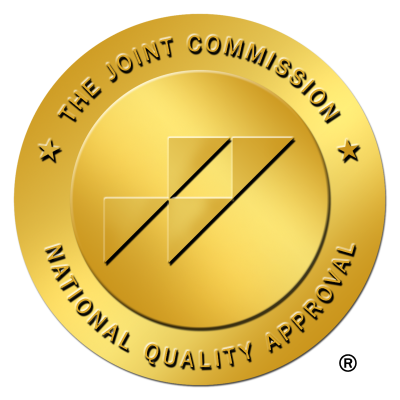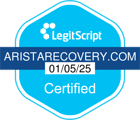How to Recognize Early Warning Signs of Relapse

Understanding Relapse Warning Signs
Relapse is often misunderstood as a sudden event; however, it is typically an extended process that begins long before the physical act of substance use. Recognizing and understanding the early warning signs of relapse are vital for individuals in recovery, helping prevent setbacks and maintain long-term sobriety. This article delves into the crucial indicators of relapse across its various stages, offering insights and strategies to avert potential pitfalls.
The Gradual Process of Relapse
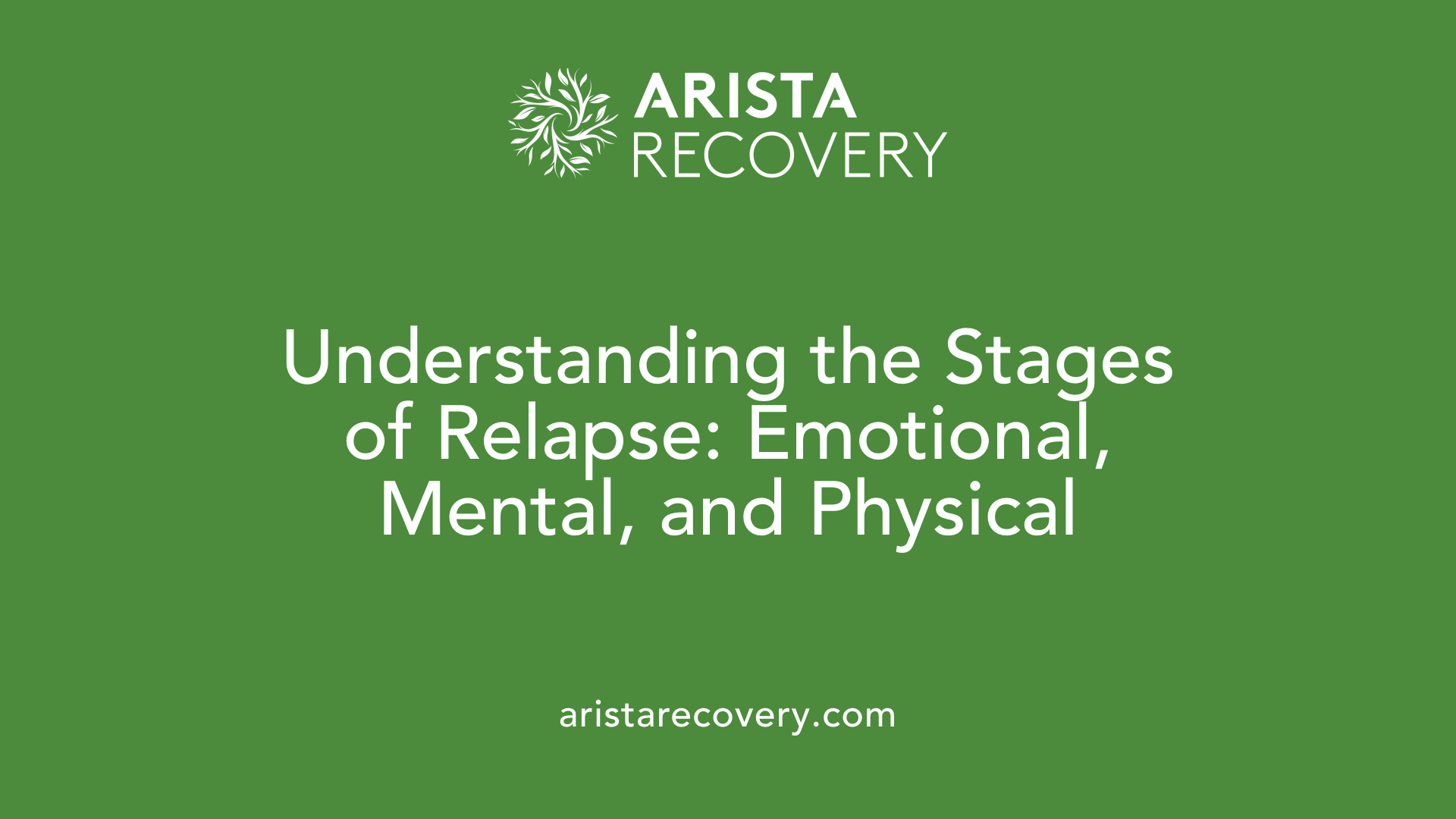
The process and stages of relapse
Relapse typically unfolds as a process over several weeks, rather than appearing as a sudden event. Understanding this progression is critical for effective intervention and prevention. There are three recognized stages of relapse:
Emotional Relapse: This initial stage may not involve thoughts of using substances, but common symptoms include:
- Mood swings
- Isolation from supportive relationships
- Poor self-care practices
Mental Relapse: This stage involves actively thinking about substance use, characterized by:
- Intense cravings and fantasizing about using
- Romanticizing past substance use and minimizing negative consequences
- Conflicting thoughts where part of the individual wishes to stay sober while the other seeks to use again
Physical Relapse: The final stage is marked by the actual return to substance use, often combined with feelings of guilt and shame.
Early identification of relapse signs
Recognizing early warning signs of relapse is vital for prevention. Key indicators include:
- Diminishing contact with a recovery sponsor: This can signal a weakening commitment to recovery.
- Neglecting recovery practices: Skipping support meetings or therapy sessions increases risk.
- Changes in emotional state: Heightened anxiety or depression may precede relapse, underscoring the need for emotional care.
By remaining vigilant and connected to support networks, individuals can identify potential signs, revisit their relapse prevention strategies, and engage in healthy self-care routines. Ongoing awareness is essential as the risk of relapse is persistent, strengthened by returning to past unhealthy connections.
The Three Stages of Relapse
Understanding relapse stages
Relapse is not an immediate event; rather, it unfolds over time and can be divided into three distinct stages: emotional, mental, and physical. Recognizing these stages and their unique characteristics is vital for proactive recovery management.
Characteristics of each relapse stage
Emotional Relapse
This stage involves signs such as isolation, mood swings, and poor self-care. While individuals may not be thinking about using substances, they can experience feelings of anxiety, anger, and a lack of connection to their support systems.Mental Relapse
At this stage, cravings intensify, leading to internal conflict. Individuals may glorify past substance use, think about scenarios in which they could use substances safely, and reconnect with old using friends, heightening the risk of physical relapse.Physical Relapse
This is the stage where the individual actually begins using substances again after a period of sobriety. It can be a return to old habits or situations that invite substance use, often resulting in guilt and shame.
| Stage of Relapse | Signs and Symptoms | Prevention Strategies |
|---|---|---|
| Emotional | Mood swings, isolation, neglecting self-care | Self-care practices, seeking support |
| Mental | Cravings, fantasizing, romanticizing past use | Open discussion of feelings, mindfulness |
| Physical | Actual substance use, feelings of guilt, return to old habits | Re-engaging in recovery programs, therapy |
By identifying these stages early, individuals and their support networks can intervene more effectively, enhancing the pathway to sustained recovery.
Recognizing Emotional Relapse
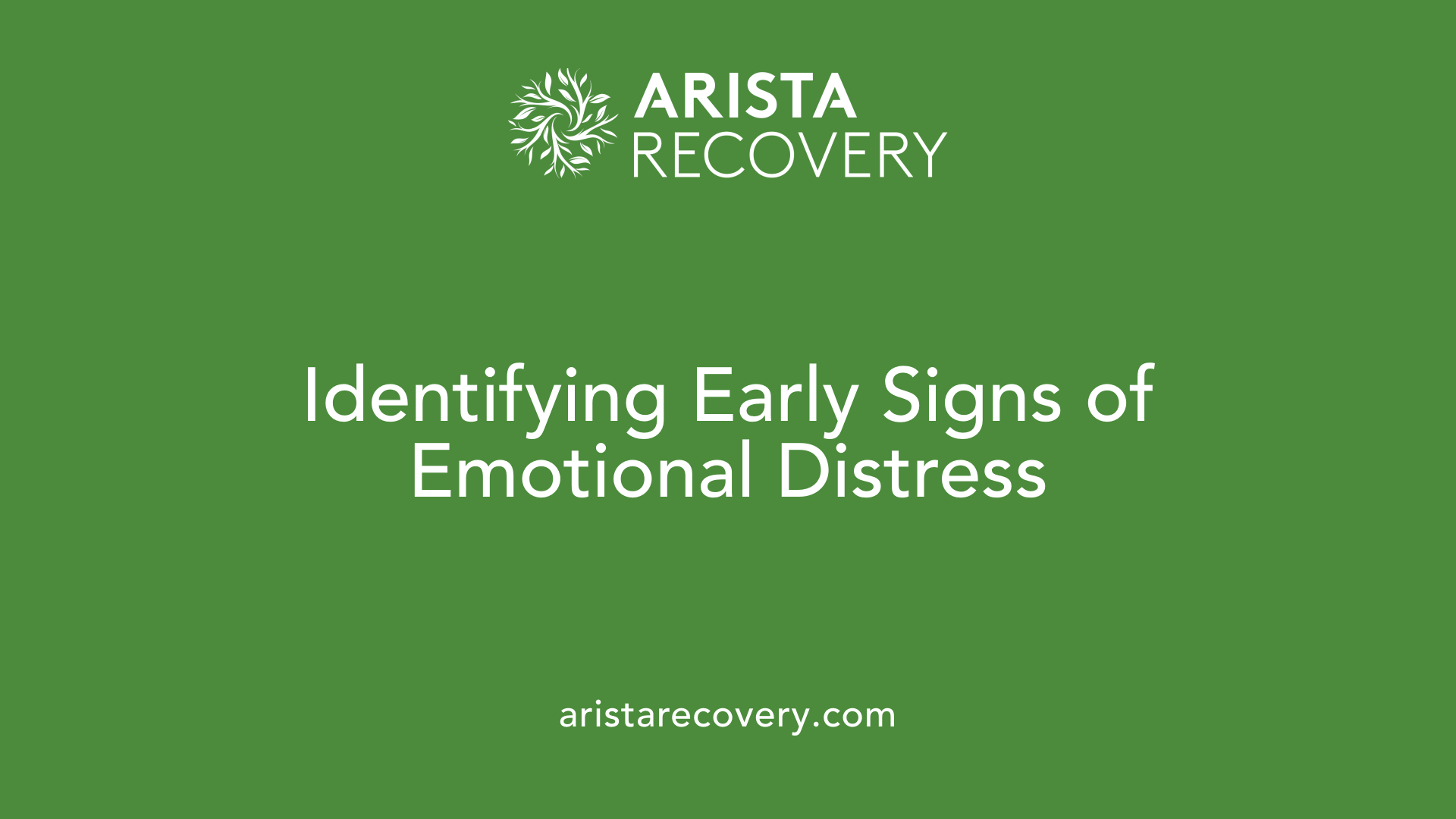
Signs of Emotional Relapse
Emotionally, relapse typically begins gradually, often without the individual realizing it. Key indicators of emotional relapse include:
- Mood swings: Individuals may experience unexpected changes in mood, leading to irritability or sadness.
- Increased isolation: Picking up social withdrawal patterns and neglecting relationships can signify emotional distress.
- Poor self-care: A declining commitment to personal hygiene and self-maintenance often surfaces during this phase.
- Withdrawal from recovery activities: Missing support group meetings or therapy sessions can indicate wavering commitment.
- Signs of anxiety or depression: Feelings of worthlessness or despair often lead to seeking comfort from substances or old habits.
- False sense of control: Those in this stage may feel overconfident about their recovery, ignoring the need for ongoing support.
Recognizing these signs early can prevent the progression into more severe relapse stages.
Impact on Recovery Journey
The consequences of failing to address an emotional relapse can be significant. When individuals overlook these signs, they may find themselves transitioning into mental relapse, where cravings and fantasies about substance use emerge. This shift can heighten vulnerability and lead to physical relapse—the actual return to substance use.
Moreover, emotional relapse can create a cycle of guilt and shame, further complicating recovery. Acknowledging and addressing emotional distress proactively enhances resilience, helping to solidify recovery efforts.
Finally, maintaining open communication with support networks—such as sponsors or healthcare providers—is vital. This dialogue not only fosters accountability but also provides a pathway to address underlying issues before they escalate. Overall, being vigilant about emotional health is crucial in navigating the recovery process successfully.
Mental Relapse: The Battle Within
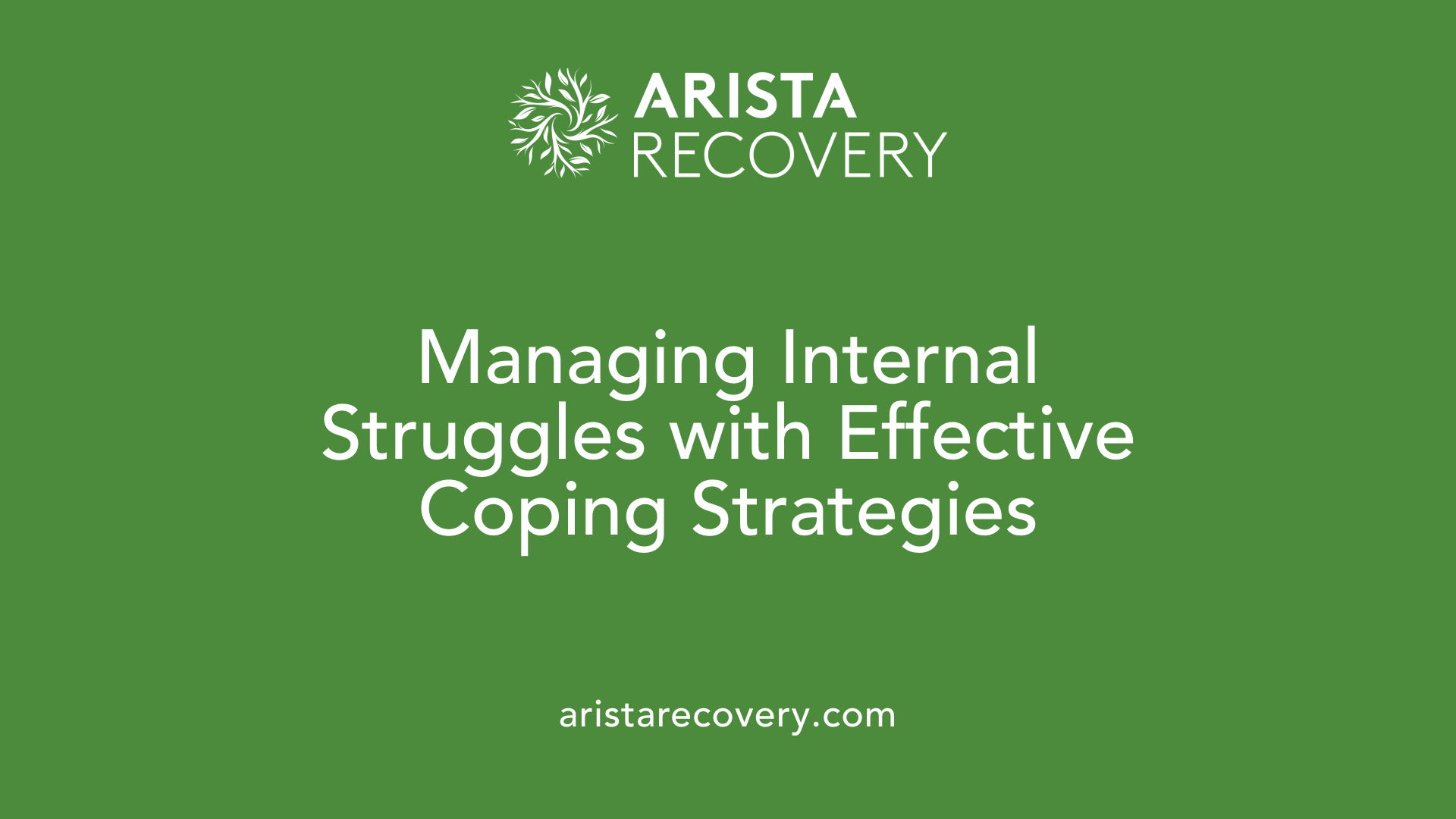
Signs and symptoms of mental relapse
Mental relapse begins when a recovering individual experiences a mental conflict surrounding substance use. This internal struggle can manifest through various signs:
- Cravings: An intense desire to use substances often arises, making it challenging to resist temptation.
- Fantasizing about using: Individuals may start romanticizing their past substance use, recalling positive memories that overshadow negative consequences.
- False justification: Thoughts may shift toward bargaining, where individuals consider scenarios in which using substances seems acceptable, despite their commitment to sobriety.
- Associating with past users: Spending time with friends or acquaintances who engage in substance use can trigger cravings and dilute resolve.
Recognizing these signs early is crucial to prevent escalation into a physical relapse.
Strategies to manage mental relapse urges
Coping strategies play a vital role in overcoming mental relapse. Here are some effective techniques:
- Play the tape through: Visualize the consequences of substance use, reminding yourself of the struggles associated with addiction.
- Open dialogue: Sharing your feelings and cravings with a trusted friend or support group can provide fresh perspectives and encouragement.
- Stay distracted: Engage in hobbies or activities that occupy your mind and foster positive emotions, diverting attention from cravings.
- Practice mindfulness: Mindfulness techniques, such as meditation and grounding exercises, can help manage stress and focus on the present moment.
By implementing these strategies, individuals can navigate the tricky waters of mental relapse effectively.
Physical Relapse: The Culmination of a Process
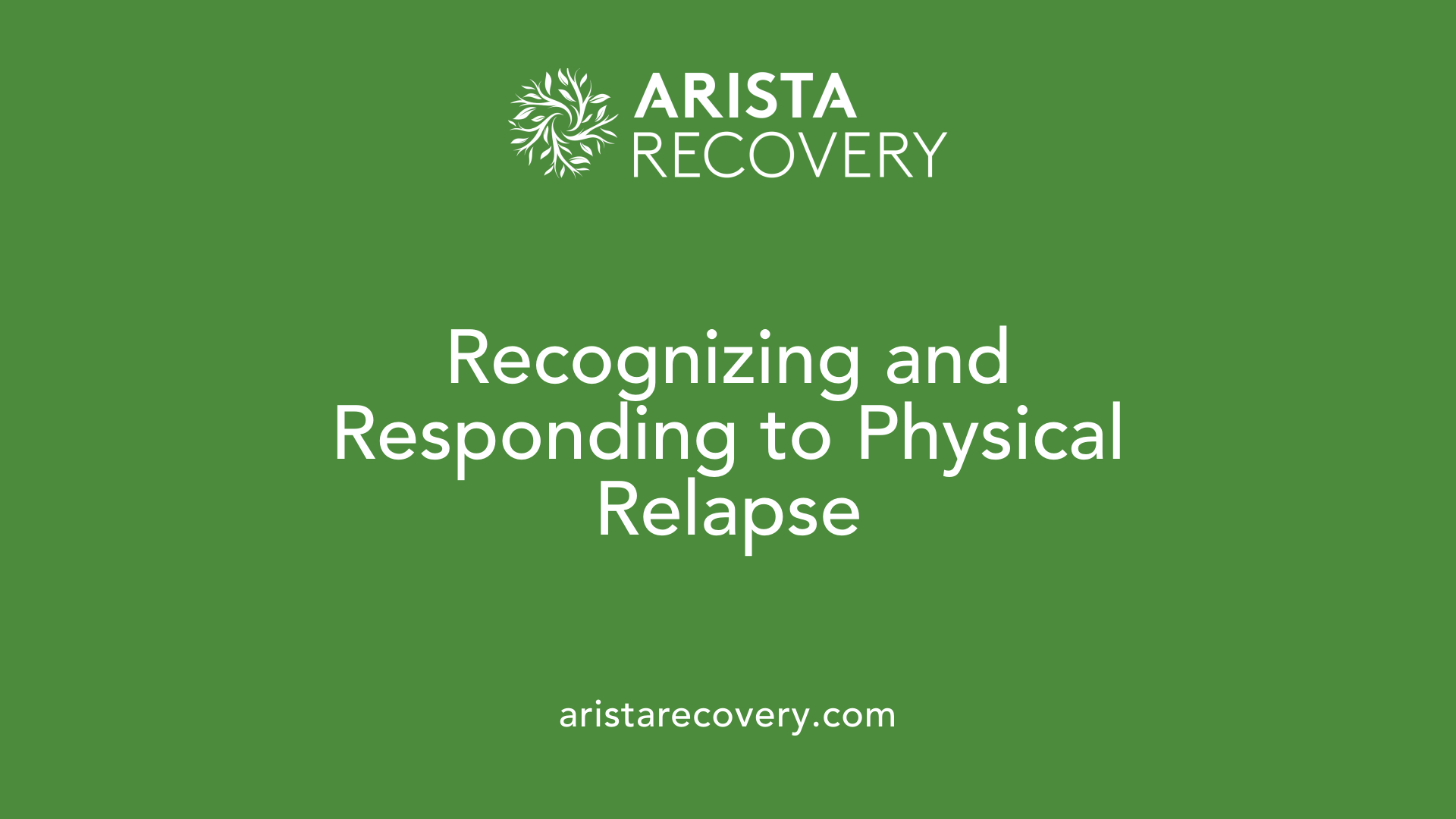
What are the consequences of physical relapse?
Physical relapse marks the point where individuals return to substance use after a period of sobriety. This stage can be fraught with negative consequences, which often include feelings of guilt, shame, and disappointment. The psychological toll of relapse can exacerbate symptoms of anxiety and depression, leading to a downward spiral in mental health.
Additionally, returning to substance use may disrupt the stability achieved during recovery, raising the risk of further relapses in the future. The social implications can also be significant; individuals may find themselves reconnecting with negative influences or damaging relationships that can hinder their path to recovery.
What intervention measures can be taken?
Recognizing when a physical relapse might occur is crucial. Intervention strategies can help mitigate the impact of relapse. These may include:
- Immediate Support: Engaging with sponsors or support groups to navigate the feelings of guilt and shame that often accompany relapse.
- Therapeutic Engagement: Returning to therapy or counseling to reassess coping strategies and emotional health.
- Re-evaluating Substance Triggers: Identifying and avoiding high-risk situations or environments associated with past substance use.
- Establishing a Recovery Plan: Creating a proactive relapse prevention strategy that incorporates self-care and social support systems.
By taking these steps, individuals can foster resilience and help guide themselves back on the path to recovery after a physical relapse.
Triggers and Risk Factors for Relapse
Common Triggers Leading to Relapse
Understanding the common triggers for relapse is crucial for those in recovery. Some prevalent triggers include:
- Stress: Major life changes or high-pressure situations can lead to substance use as a coping mechanism.
- Social Isolation: Withdrawal from support systems or reconnection with negative influences can heighten vulnerability.
- Romanticizing Past Use: Idealizing past experiences with substances can distort reality and spark cravings.
- Mental Health Struggles: Anxiety and depression often exacerbate feelings that may lead to relapse.
Recognizing these triggers can empower individuals to take proactive measures in their recovery journey.
Ways to Mitigate Relapse Risks
To effectively combat the risk of relapse, individuals can employ several strategies:
- Strengthen Support Networks: Staying connected with recovery sponsors and supportive friends or family helps maintain accountability.
- Develop a Relapse Prevention Plan: Identifying triggers and potential coping mechanisms can prepare individuals for challenges ahead.
- Engage in Self-Care Practices: Regular exercise, good nutrition, and mindfulness practices promote emotional and physical well-being.
- Seek Professional Help: Regular therapy sessions can provide ongoing support and effective coping strategies against stress and anxiety.
By implementing these strategies, individuals can better navigate the complex pathway of recovery and reduce their risk of relapse.
Building Resilience Through Support Systems
The role of support systems in recovery
Support systems play a crucial role in the recovery process. Friends, family, and recovery groups offer encouragement and accountability, making it easier for individuals to stay on track. When someone shows signs of emotional or mental relapse, such as social withdrawal or neglecting self-care, supportive loved ones can help by noticing changes and encouraging healthy behaviors.
Regular interactions with a support network can help prevent isolation, which is a significant relapse risk factor. Open communication about struggles and emotions fosters an environment of trust and connection.
Importance of community involvement
Being involved in community recovery programs helps individuals build resilience against relapse. Participation in group therapy, support meetings, or community outreach provides not only emotional support but also shared experiences and coping strategies.
Community involvement helps individuals develop a sense of belonging and purpose, reducing feelings of loneliness and boredom—common triggers for relapse. Engaging with others who share similar goals fosters an atmosphere of mutual support, essential for sustained recovery.
Developing a Relapse Prevention Plan
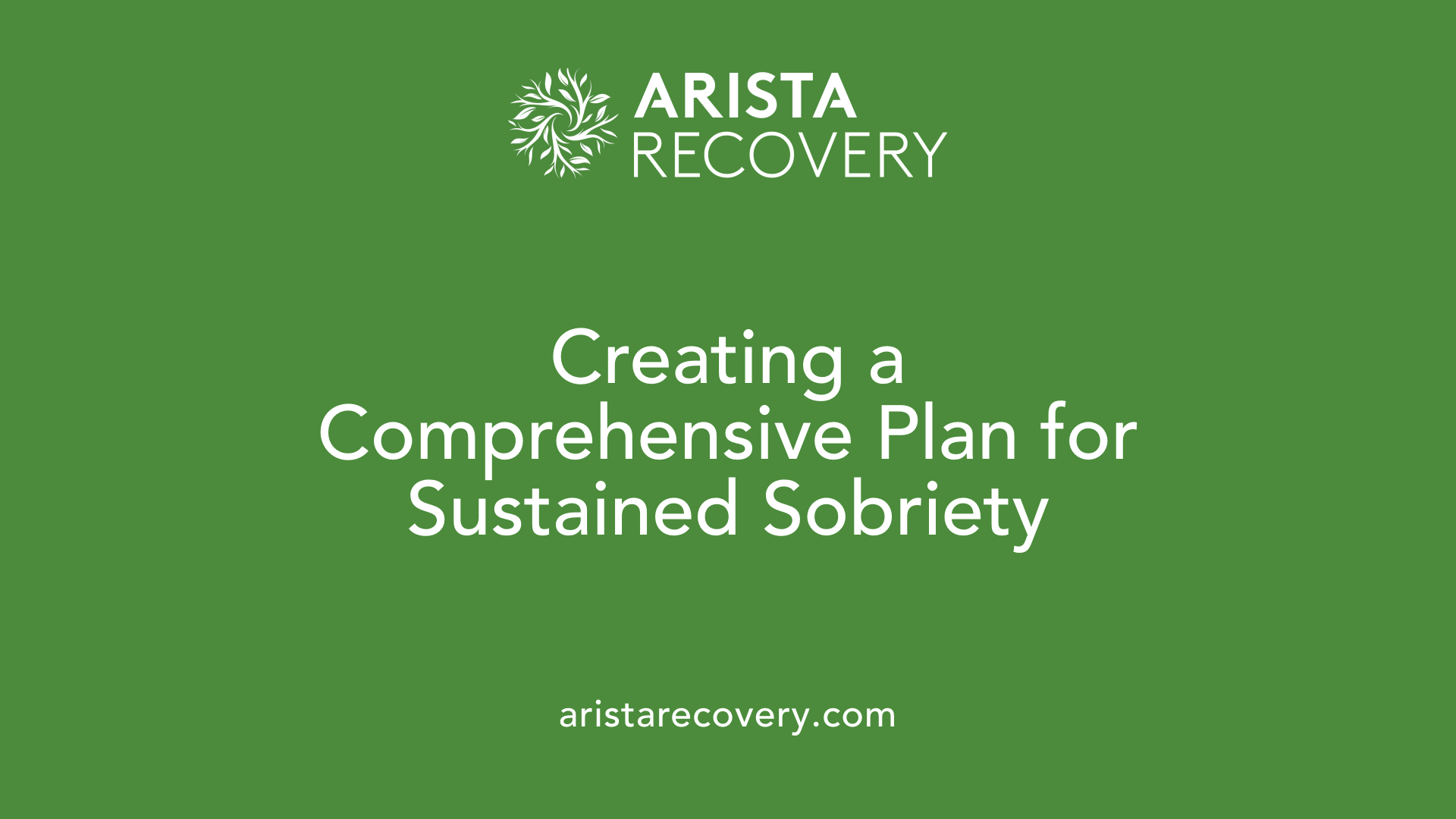
Components of an effective relapse prevention plan
Creating a comprehensive relapse prevention plan is essential to maintain sobriety. Key components include:
- Identifying Triggers: Recognizing specific situations, people, or emotions that can lead to cravings or substance use.
- Establishing Support Systems: Engaging with friends, family, and recovery groups to foster accountability and connection.
- Self-Care Routines: Incorporating daily practices like exercise, proper nutrition, and mindfulness to bolster mental health.
- Monitoring Warning Signs: Keeping track of early signs of potential relapse, such as changes in mood, hygiene, or social behaviors.
Long-term strategies for maintaining sobriety
To sustain a lasting recovery, individuals should consider the following strategies:
- Ongoing therapy and support groups: Regular attendance at therapy sessions and support meetings fosters an ongoing sense of community.
- Skill-building: Developing coping skills to manage stress and emotions helps prevent relapse triggers.
- Setting realistic goals: Establishing achievable objectives can create motivation and progress in the recovery journey.
By proactively addressing these areas, individuals can significantly reduce their risk of relapse.
Conclusion: Proactive Measures Against Relapse
Understanding the nuanced symptoms and stages of relapse plays a crucial role in maintaining sobriety. By identifying the early warning signs and implementing comprehensive prevention strategies, individuals in recovery can effectively manage potential setbacks. Continuous support from healthcare providers, family, and peers, in addition to self-care practices, are integral in fostering a resilient recovery journey.
References
- 6 Relapse Warning Signs To Know | Ashley Addiction Treatment
- Warning Signs of Relapse - Pinelands Recovery Center of Medford
- Recognizing Relapse - UNC Center for Excellence in Community ...
- 7 Common Addiction Relapse Triggers and Warning Signs
- Recognizing Early Signs of Relapse - Providence Treatment
- Warning Signs of Relapse: Depression, Stress, and Other Triggers
- Relapse Prevention Plan and Early Warning Signs
- Relapse Prevention and the Five Rules of Recovery - PMC

